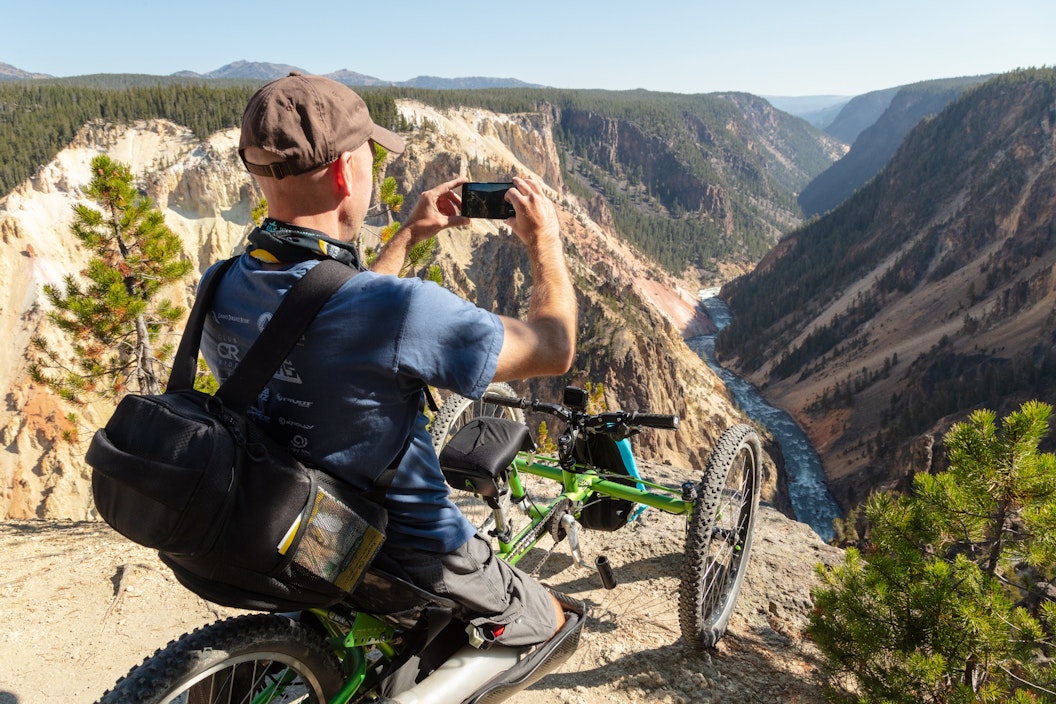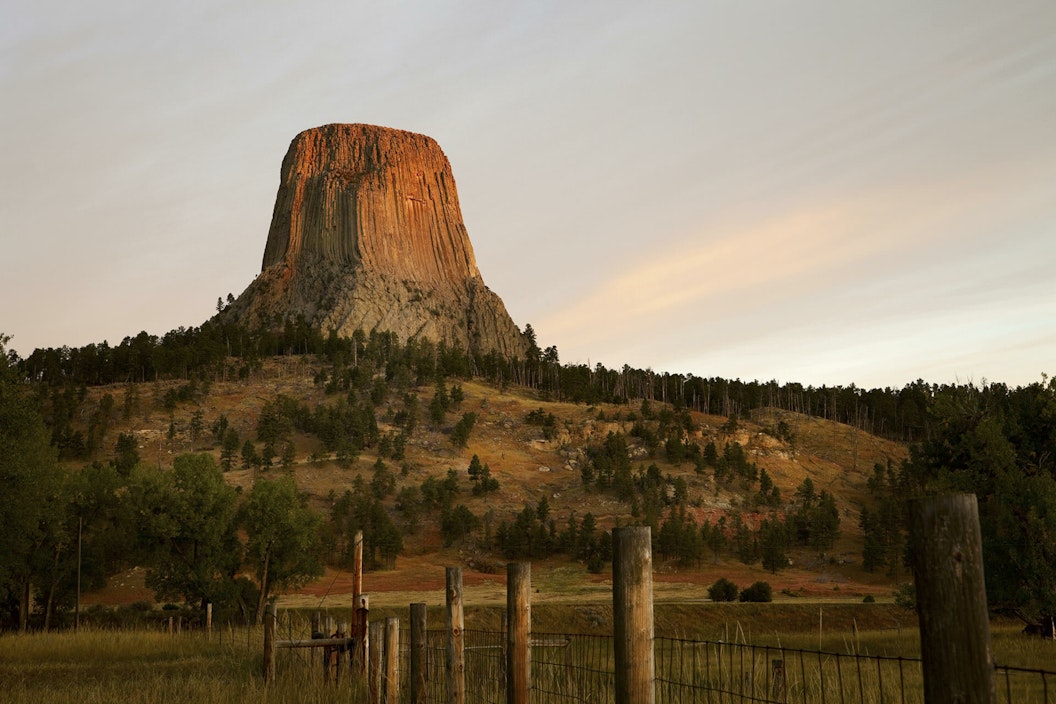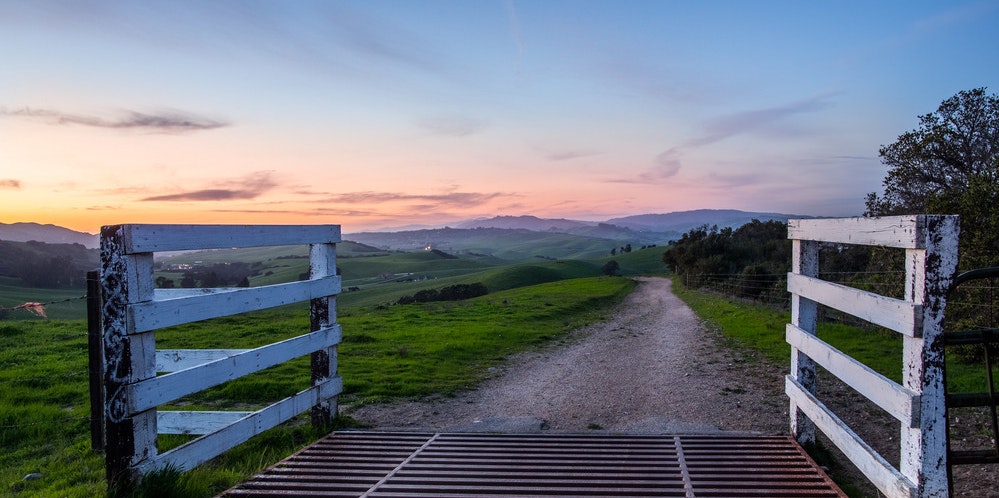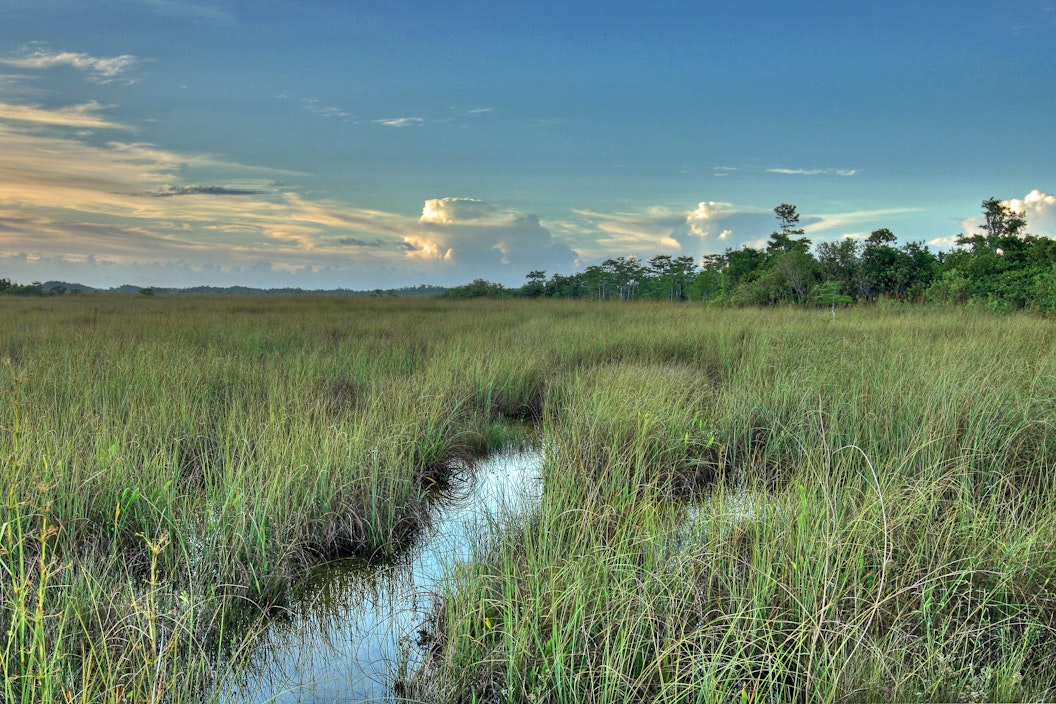
Expanding Accessibility in National Parks

.
.
NPF Accessibility grants are helping parks such as Devil's Tower National Monument ensure all people connect to and enjoy our national parks.
NPF is working to make national parks more accessible to people of varying abilities by supporting renovations at places like visitor centers, exhibits, parking lots, trails, restrooms, and more.
Accessibility improvements might include modifications to the incline, width, and grade of trails; adjustments to the height and placement of signs and exhibits; installation of ramps and guard rails; or the creation of new maps and informational materials so that people can better plan for their adventure.
Traversing the Tower Trail
When Devils Tower National Monument was established as the country’s first national monument in 1906, about 20,000 people visited the site each year. Rich with geological formations and Native American history, this site has gained popularity with visitors. Now, the site sees nearly 500,000 people annually, who come to marvel at the shapes and colors of its geology, hike its trails, or rock climb to the view at the top of Devils Tower.
This increased level of visitation has called for an update to the park’s infrastructure. With the help of NPF, the site is collaborating with the National Center on Accessibility to undertake accessibility improvements at its most popular areas, including the visitor center, the highly traversed Tower Trail, and the climber registration building. Visitors typically spend up to 98 percent of their time in the park at these site.
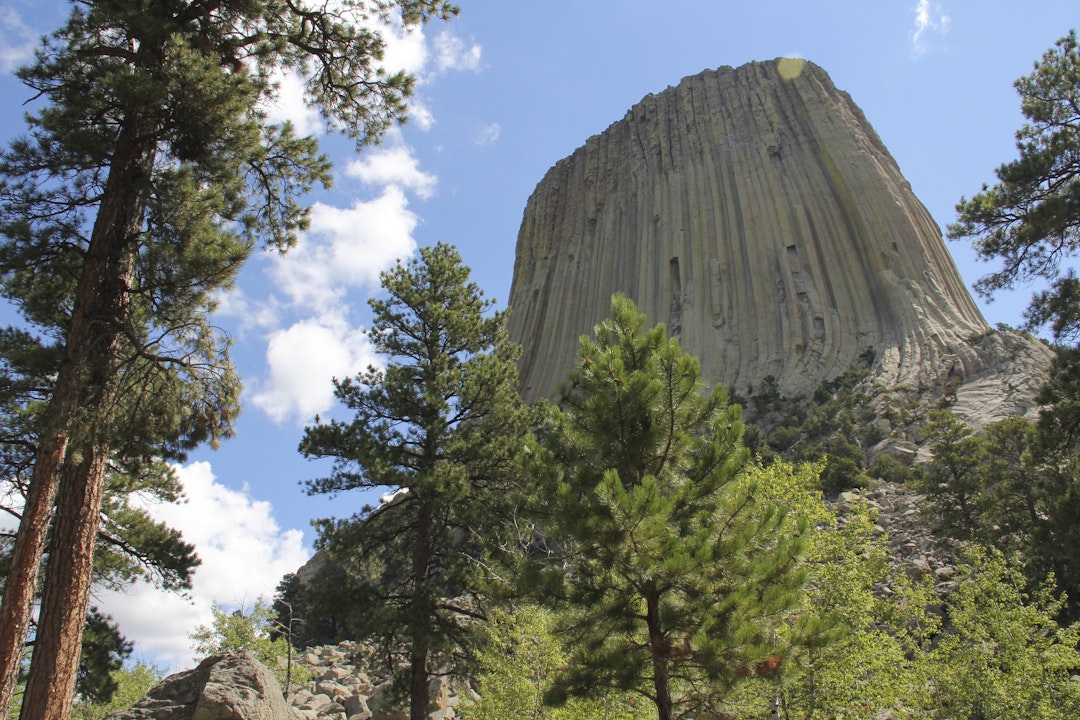
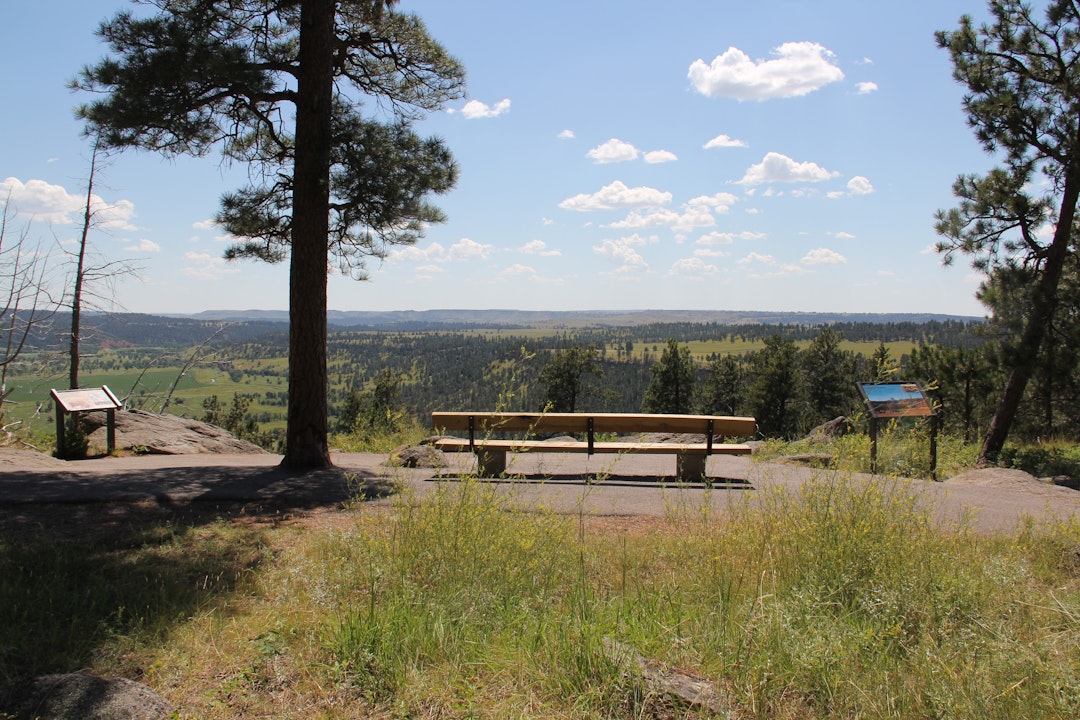
The project will create an accessible pathway to the Tower Trail, install interpretive waysides along the trail, make improvements to exhibits in the visitor center, and make upgrades to parking lots, restrooms, and bus drop-off and loading areas. The site will also install a new interpretive plaza equipped with a shade structure.
Related Content

